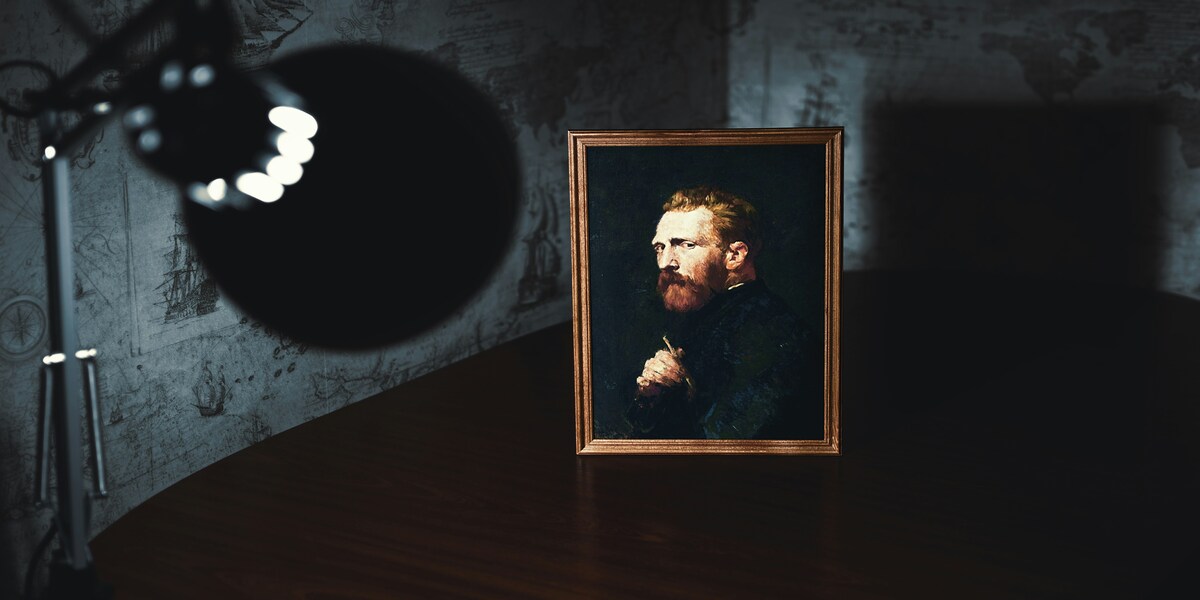-
How to become an
Art Critic

What is an Art Critic?
The Art Critic stands out as a leading figure in the artistic universe, distinguished by their ability to navigate through the myriad currents of art history and its contemporary manifestations. This expert boasts an encyclopedic knowledge that allows them to contextualise artworks, interpreting their hidden meanings and cultural influences. With a perspective encompassing formal and thematic critique, the critic deepens the dialogue between the artwork and its observer, elevating the public understanding of art beyond the visible. This professional analysis extends to assessing the impact of works on the socio-cultural fabric, offering audiences and professionals valuable insights into the evolution of artistic trends and their role within society. The Art Critic's ability to discern innovation and predict the artistic field's future directions positions them as custodians of taste and influencers of the artistic canon, whose work enriches the cultural narrative and guides art perception.
What does an Art Critic do?
In their daily practice, the Art Critic fulfils a multifunctional role that extends far beyond the mere writing of articles and reviews. This professional builds bridges between art and its interpretation, making complex artistic concepts accessible through engaging and accessible critique. Their publications, ranging from profound essays to incisive reviews, are instrumental in guiding the public through the infinite nuances of the art world, illuminating works and movements with words that resonate with both neophytes and sector experts. Beyond writing, the Art Critic plays an active role in curating exhibitions and events, selecting works that converse with each other and the audience, and creating visual narratives that prompt reflection. Their presence in debates and conferences contributes to the global artistic discourse, while collaborations with cultural and academic institutions strengthen the bond between artistic theory and practice. With a critical eye always turned to the future, the Art Critic significantly contributes to defining the parameters of art evaluation, influencing collectors, gallery owners, and enthusiasts to discover and appreciate new artistic expressions.
What skills do you need to be an art critic?
An effective Art Critic must possess a wide range of skills, at the heart of which lies a profound knowledge of art history, enabling them to place artworks within a broad cultural and temporal context. Mastery of critical theories and methodologies of artistic analysis is fundamental for developing rich and nuanced interpretations, and advanced research skills allow for in-depth exploration of themes, artists, and movements, enriching evaluations with precise details and references. Writing and communication skills play a crucial role, as the Art Critic must be able to express complex concepts clearly, engagingly, and persuasively to both academic audiences and the broader public. Sharp critical thinking and an innovative perspective are indispensable for offering original and stimulating analyses contributing to cultural debate. At the same time, the ability to maintain a balanced and impartial approach, evaluating works without prejudice, is essential for the critic's credibility and authority. Finally, an open mind and intellectual curiosity fuel the ongoing exploration of new artistic expressions, keeping the interest and passion for art alive in an ever-evolving field. These skills combined define the profile of a successful Art Critic, capable of influencing the perception and appreciation of art over time.
How to become an Art Critic?
Becoming an Art Critic begins with specialised educational training, a decisive first step. The courses offered by the Visual Arts Area at NABA are designed to equip students with the fundamental competencies required in this domain, combining solid theoretical foundations in art history and criticism with practical approaches to analysing and evaluating artworks. By studying various historical periods and artistic currents, students develop a profound understanding of the cultural and social context influencing art creation and reception. The acquisition of critical and writing skills is central to this educational process, enabling students to articulate their analyses and opinions with clarity and persuasion. Participation in workshops, conferences, and exhibitions further enriches the educational experience, offering live learning opportunities and interaction with industry professionals. Completing the academic journey with practical experiences such as internships at cultural institutions, art galleries, or specialised editorial offices allows for applying learned concepts in real professional contexts, refining critical abilities and building a valuable network for one's career. Lastly, maintaining a continuous curiosity and staying updated on the latest trends and debates in the art field is essential for those wishing to emerge and establish themselves as Art Critics.

.jpg)